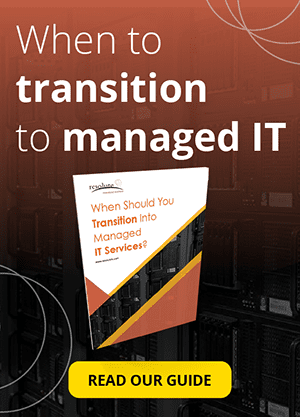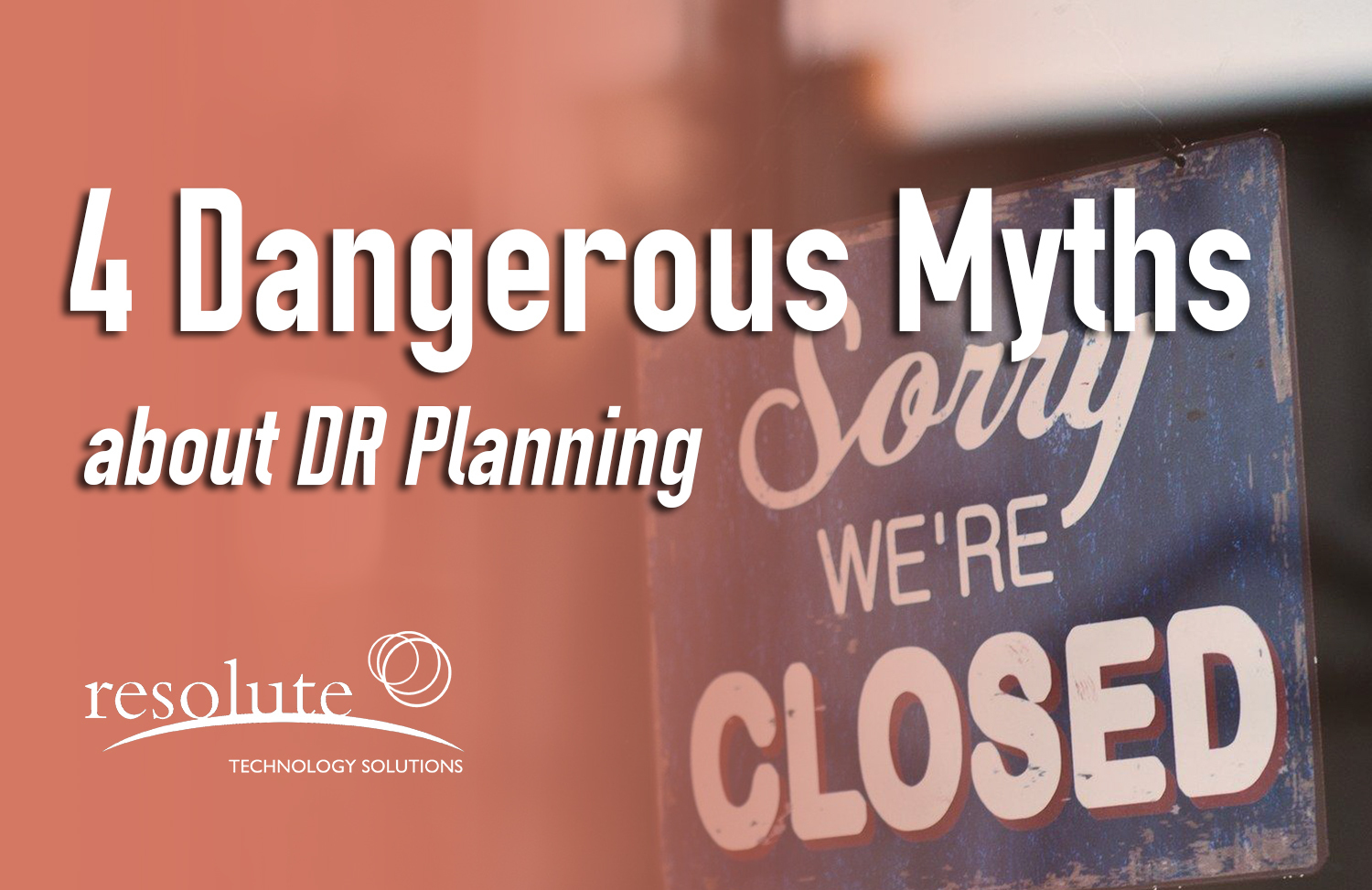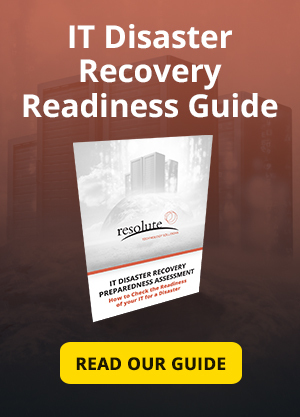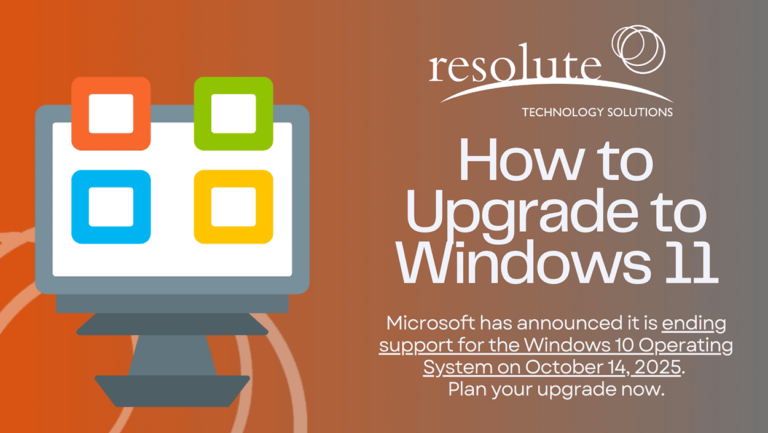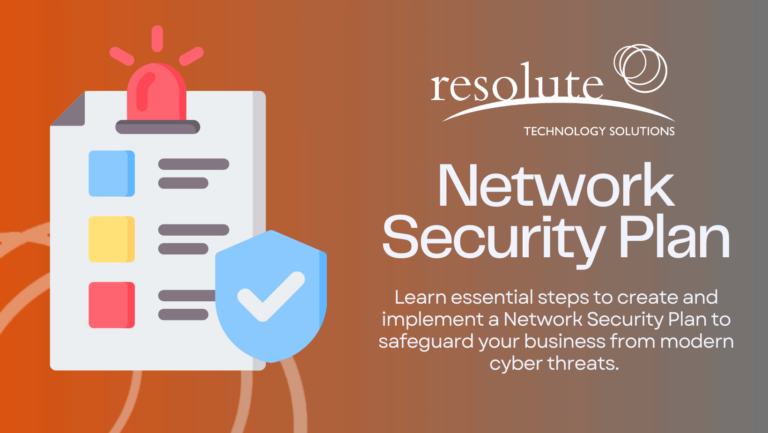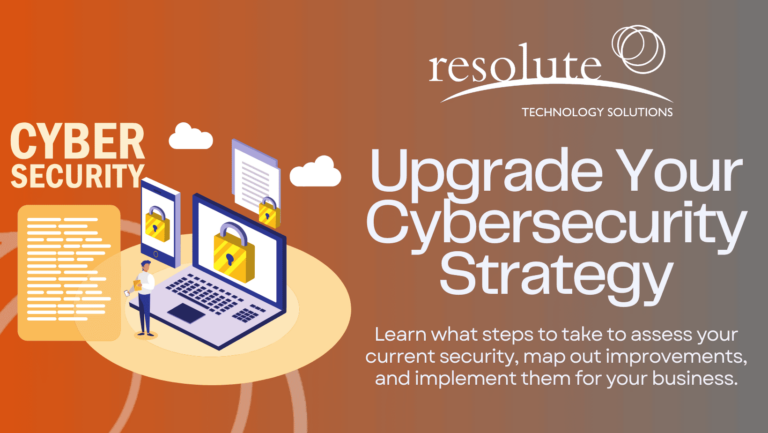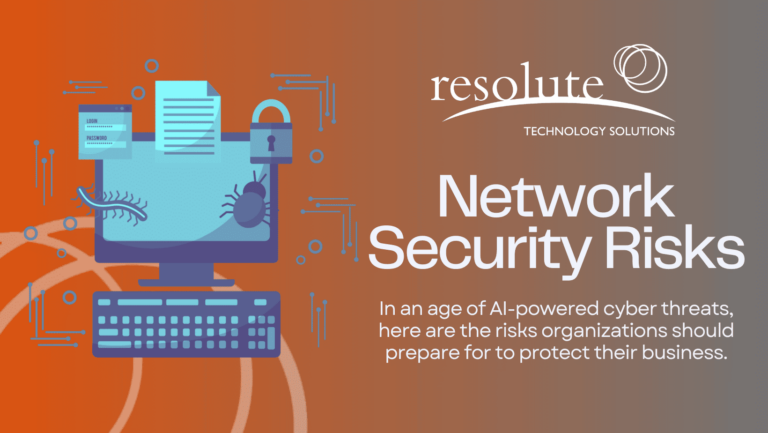What to Avoid When Setting Your Disaster Recovery Plan
For many companies, their data can be the most valuable resource. That means that businesses must find ways to ensure said data is protected. The fact is that neglecting to keep the online part of a business sufficiently protected can be one of the costliest mistakes a modern business owner can make. And square-one of a comprehensive data and tech protection plan stems from a disaster recovery service.
Disaster recovery – or DR – is arguably the most important part of a well-balanced data protection strategy. This is because even the most comprehensive plans can fail and when that happens, without DR, you’re likely not to get a second chance to save your data.
In 2017, Cybersecurity Ventures predicted that Ransomware attacks alone likely cost businesses, governments and personal users over $5 billion in damages, compared to $325 million two years previous.
Aside from the monetary cost, in some cases, losing data can be a catastrophic consequence that can cripple a business.
With that being said, let’s tackle some of the biggest myths when it comes to DR, and how you can avoid making these mistakes when putting together your own strategy.
Myth #1: Your Only Enemy is Technology
A pervasive myth surrounding the tech industry is that technological glitches are the only threat to your data. It’s worth noting that 70% of downtime is related to human error, opposed to a force of nature or a technical hiccup.
From hackers who use social hacking to expose to expose companies to vulnerabilities (check out this story of a social hacker who was able to con the CIA to see just how dangerous it can be) to simple human error by an employee, the human element is one of the most volatile and unpredictable.
What DR does, then, is allow for you to control for that element. DR ensures that oversights don’t result in catastrophe and that chinks in your data’s armour aren’t so easily exploited. Or at least, not to such devastating effect.
That’s not to discount things like natural disasters or more tangible destructive elements like fire can destroy on-site recovery servers, leaving a business with nothing but cinders. But it is important to remember that people, no matter how seemingly innocuous, can be deadly to data.
Myth #2: New Technology is Superior to Legacy Technology
Another myth among much of the tech industry is that there is a constant, ever-present dichotomy between new technology and older technology. This false binary contends that new technology is almost universally superior.
So let’s dispel the myth; there is not necessarily an inherent benefit to new technology over old technology when it comes to certain aspects of DR.
Of course, newer technology usually does have an edge in terms of applications and interoperability with other modern programs, but depending on your situation, an older-tech DR solution may work better. Different DR tech has different applications. It sounds simple, but people can get lost when faced with shiny new tech, not realizing that it may not be the best solution for them.
The Cloud offers itself as a perfect example of a new-tech solution that does provide many benefits over older alternatives but is by no means a panacea.
When it comes to Cloud benefits in disaster recovery, you have the benefit of the Cloud being virtually impervious to natural disasters. The fact that the data is stored on servers across the world that are tended to by some of the wealthiest and most powerful companies in existence, you can pretty much guarantee that the data is going to be safe from natural disasters and hackers.
But the Cloud does have its drawbacks. By being reliant on the internet, a company will have to upload its potentially massive amounts of data onto the Cloud. This process can not only be time-consuming depending on the amount of data and internet speed, but also extremely expensive due to the amount of data that will need to be transferred.
And of course, should you need to make use of the DR system in the cloud, you’ll have to download all your data which can similarly take ages.
For some companies, a lower-tech on-site server solution may make sense, if only to avoid the internet troubles that the Cloud may potentially carry with it.
On-site servers also have ways to tackle some of the drawbacks it faces compared to the Cloud. For instance, a business may choose to build a mobile on-site storage system that will allow data to be backed up and moved should a natural disaster approach.
So while it depends on your situation, it’s important to realize that the newest tech offering may or may not be the best solution for your company.

Myth #3: You Can Click and Forget
One of the worst mistakes a business owner can make when executing a DR plan is to put it in place and forget about it.
Instead, what needs to happen is an exhaustive test of the recovery plan, ensuring a good number of data copies are put in place so that corruption in the files won’t negate your DR plan.
Constant updating and checking to keep systems compatible is also key, ensuring that your DR defense don’t become outdated or, worse yet, obsolete.
Myth #4: You Don’t Need Disaster Recovery
Disaster Recovery is very much like insurance. You may not need it 99% of the time, but when you do need it, DR can sometimes literally be the thing that saves your company from disaster.
Many business owners believe they don’t need a DR strategy in place. They may get away without one in the end, but the price for being wrong is high.
They often don’t account for natural disasters because of their rarity in their part of the world. Again, though, they are failing to realize that a disaster doesn’t necessarily mean a natural disaster.
Or, they may believe that they don’t need DR because they will not be targeted by hackers due to their size. That is flat-out wrong. Hackers breached half of the 28 million small businesses in the U.S. in 2016, according to a State of SMB Cybersecurity Report.
DR can be a small business’s best line of defence against sophisticated online attacks.
The company doesn’t have to be Microsoft to find itself the target of ransomware or hackers, and having a comprehensive DR plan in place can make sure that you are adequately protected even should a breach take place.
Resolute Technology Solutions offers complete IT Consulting and Managed IT Services – including Disaster Recovery – to help move your business forward. To learn how we can help your business meet your organizational goals, contact us.
[]


